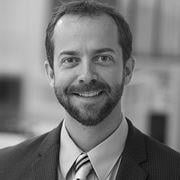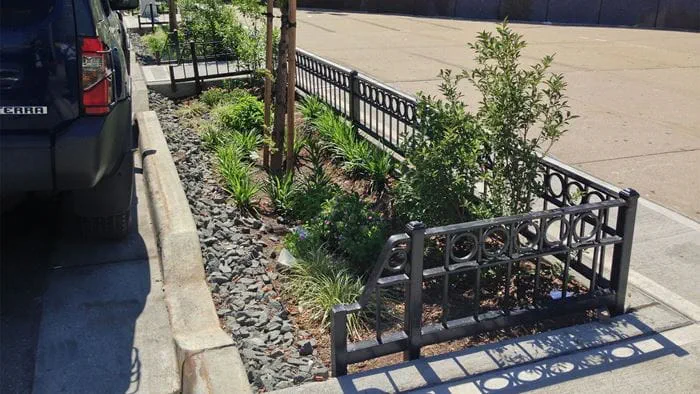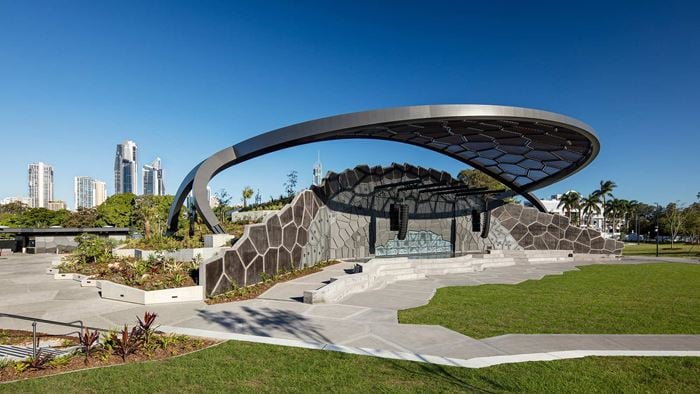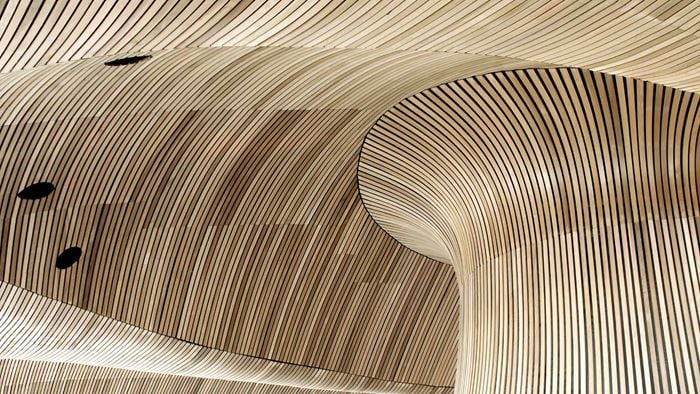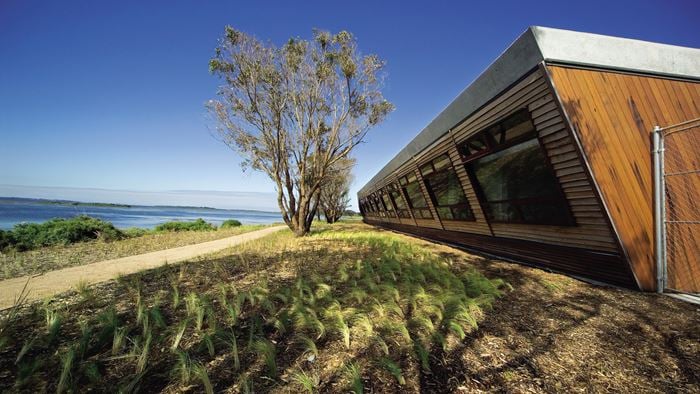In 2016, Mayor Marty Walsh signed the Metro Mayors Climate Mitigation Commitment, formally pledging to make the City of Boston carbon neutral by the year 2050. To determine how best to accomplish this ambitious goal, Mayor Walsh turned to a group of business and civic leaders, the Boston Green Ribbon Commission (GRC), to study citywide emissions and develop scientifically-sound pathways to achieve carbon neutrality.
The Carbon Free Boston study was organised around four sectors of greenhouse gas (GHG) emissions: (1) buildings, (2) transportation, (3) waste and (4) energy supply. Boston University led the analysis for the latter two categories and released requests for proposals (RFPs) seeking technical consultants to head up the transportation and buildings components.
In 2017, Arup was selected to lead the building sector analysis.
Project Summary
75% of Boston's GHG emissions attributed to buildings
75distinct typological building energy models developed
86,000+structures categorised
Buildings currently account for roughly 75% of Boston’s GHG emissions profile, making reductions in this sector critical to achieving carbon neutrality by 2050. The goal of Carbon Free Boston was to help the GRC identify practical, data-driven policies and pathways capable of achieving carbon neutrality by the deadline.
A new benchmark in energy modelling
To determine the most effective interventions, our sustainability experts first needed to find a way to accurately measure the performance of the city’s entire building stock. The four-person Arup team began by defining building typologies that broke down Boston’s 86,000+ structures into 15 distinct types, ranging from office buildings to warehouses to K-12 schools. These 15 types were then further subdivided into four age ranges (pre-1950 through Post-2000s). The team also created an additional set of models to represent future growth that allowed them to model scenarios to determine the combination of strategies capable of delivering the most significant reductions.
To ensure that the models’ predictions were as accurate as possible, the team used anonymised data provided by Boston’s utility providers to calibrate results at both the individual building type and macro citywide levels. This calibration reduced discrepancies between the models’ performance projections and real-world building performance, thus ensuring that projections would be more accurate predictors of identified interventions.

Landing on the right solutions for Boston’s buildings involved much more than simple number crunching, however. To identify the right strategies, first the team had to ask the right questions. For instance, how was each building type currently performing? How effective were the city’s existing regulations at driving down emissions in various categories? And what combination of policies had the greatest chance of helping the city to achieve carbon neutrality—from a practical, economic and social equity standpoint? Arup’s models allowed these questions to be investigated in depth, providing the data-driven insights needed to inform future policy.
Pathways to progress
In early 2019, the GRC released the Carbon Free Boston Summary Report, which included an overview of our findings, along with detailed recommendations on how to transform the building sector through “a synergistic mix of regulatory requirements to drive performance, financial assistance to cover upfront costs where necessary, and workforce training to expand the labor force.”
With the fact-finding and analysis phase of work now complete, the City of Boston is undertaking a climate action plan update and launching an extensive stakeholder engagement effort to build consensus around new building emissions policies. Convincing the public of the necessity of action is the first and most critical step in this process.
According to GRC Executive Director John Cleveland, our analysis makes an irrefutable case for change. “Arup’s building sector modeling makes it clear that to achieve the 2050 carbon neutrality target, Boston will need to simultaneously dramatically increase the energy efficiency of the entire building stock, eliminate the use of fossil fuels for space and hot water heating, and convert all electricity to renewable sources,” Cleveland said. “These are radical and aggressive goals. However, because of the sophistication of the analysis, the need for them was not questioned by any key stakeholder group. So now the question that needs to be addressed is not “What do we need to do? but rather “How are we going to do it?”
A template for change
Our building energy models will not only help catalyse emission’s reforms in Boston, they will also be disseminated to other cities by C40 Cities on an open source platform. As a partial funder of Arup’s work on the project, C40 is now free to share the models with others so they can serve as templates for similar efforts elsewhere.
“The buildings sector modelling work done by Arup provides an extremely sophisticated analytical tool to plan for the decarbonisation of Boston’s buildings sector. This analytical capacity will support the city in making the difficult policy choices that will be needed to achieve its targets. ”
John Cleveland Executive Director, Green Ribbon Commission
 ;
;
